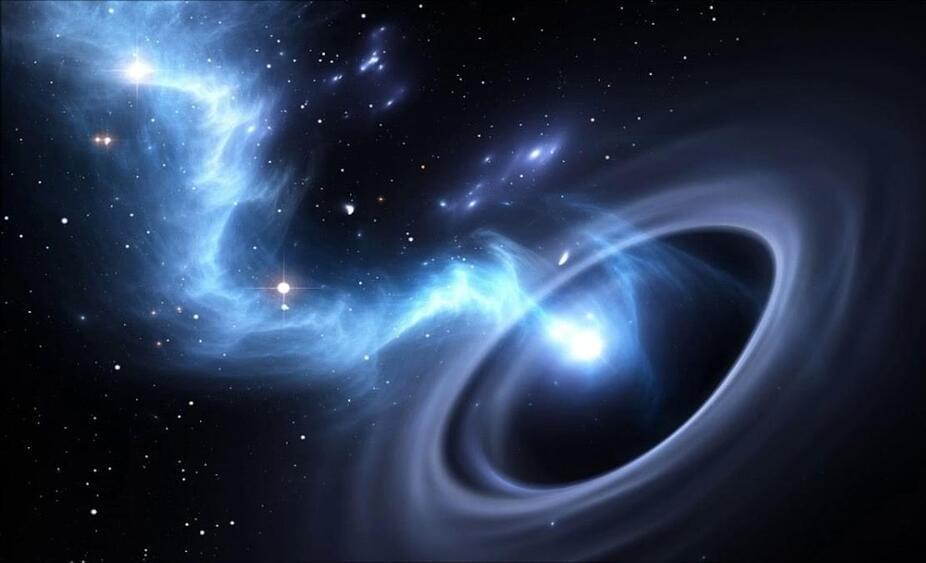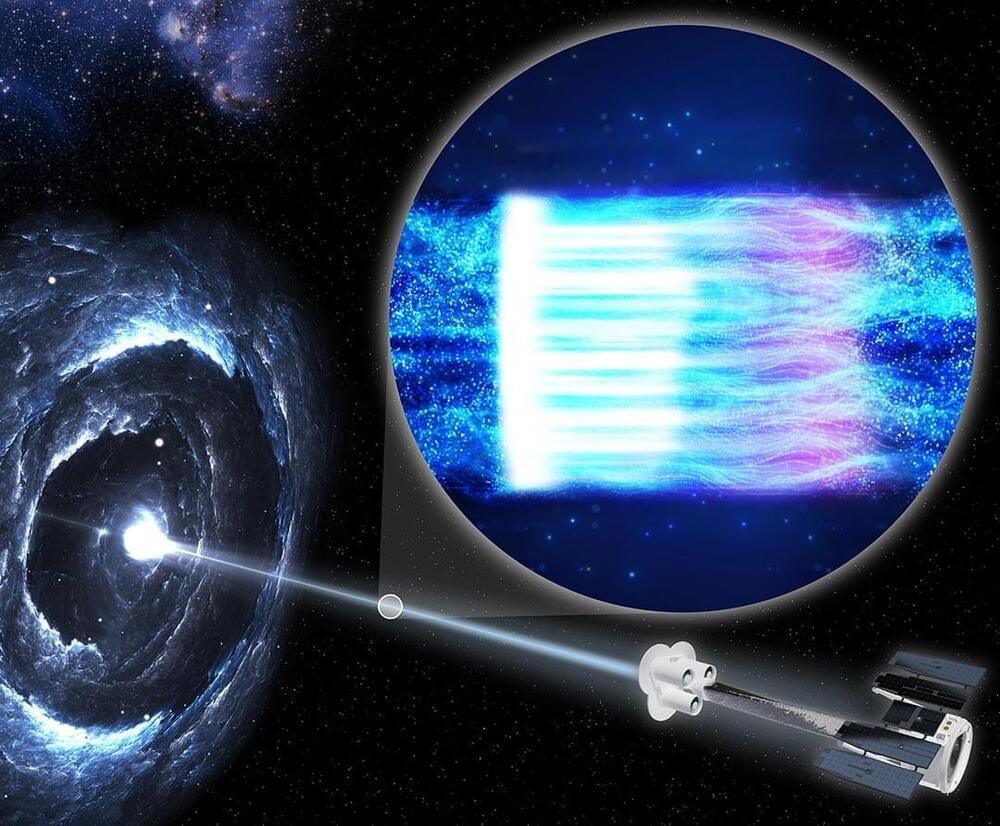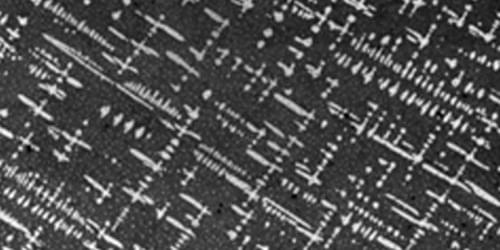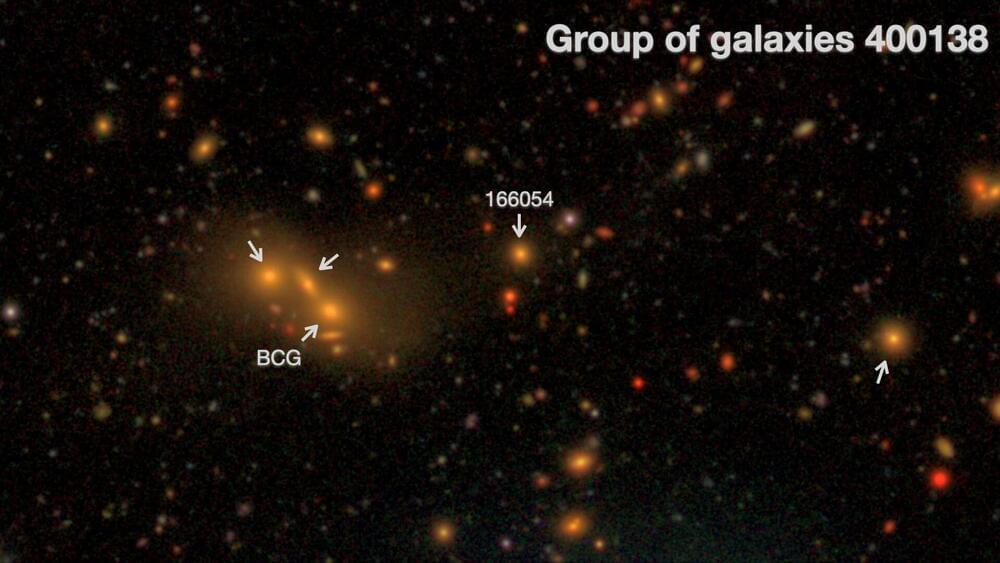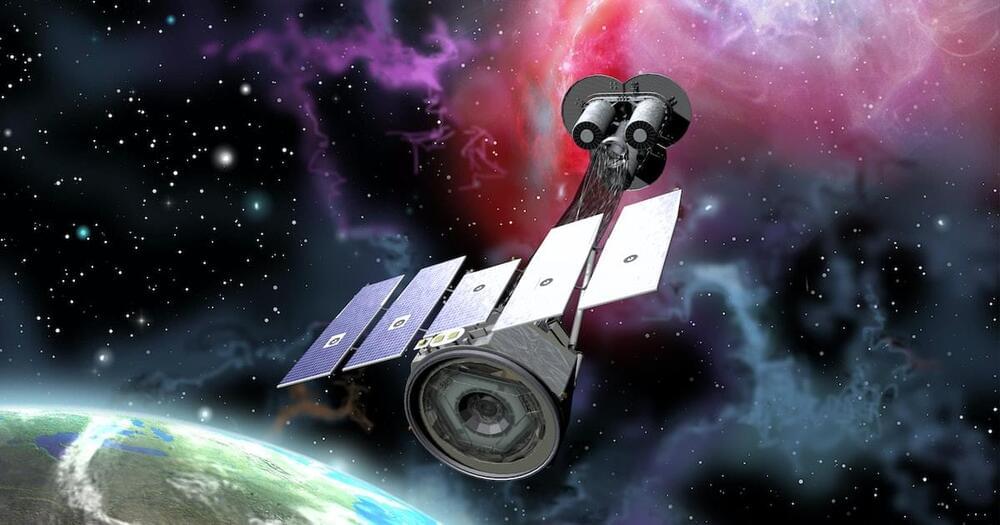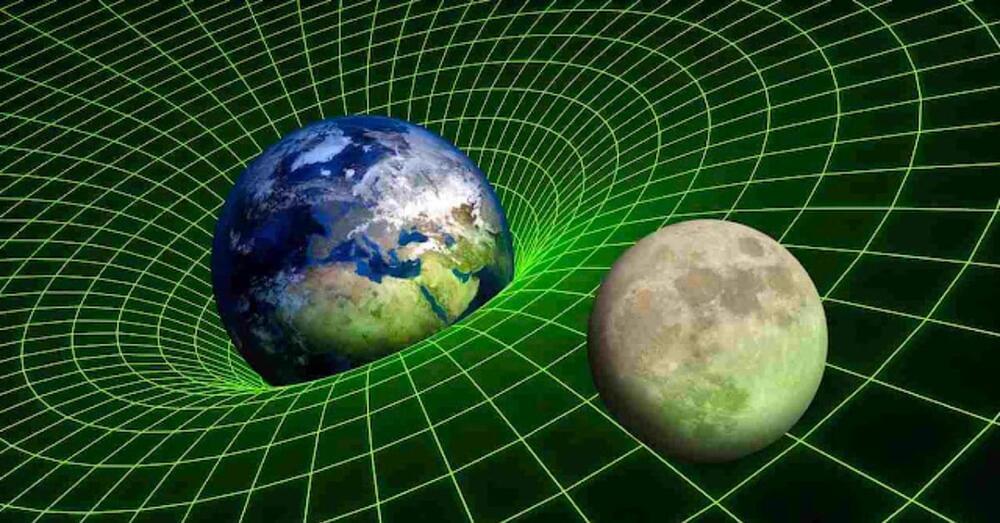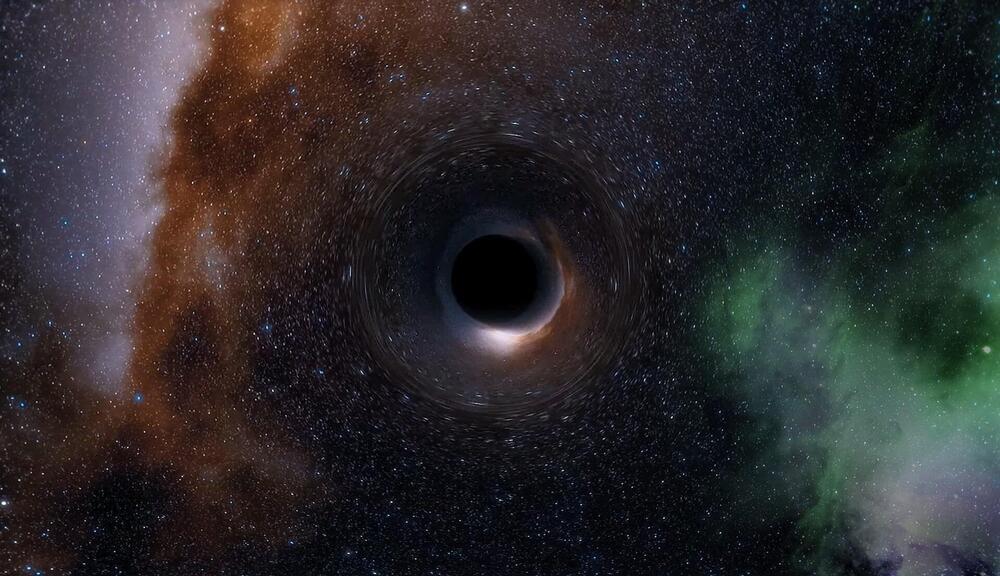Workshop supported by the Imperial College Physics of Life Network of Excellence.
https://www.imperial.ac.uk/physics-of-life.
In Part 1 of this thought-provoking conference, we discussed the origin of life in terms of thermodynamics at a molecular scale. Besides short talks delivered by esteemed international speakers from the biological physics community, a significant portion of the meeting was dedicated to open discussion. This exciting meeting was supported by the Physics of Life Network of Excellence at Imperial College London and the Biological Physics Group of the Institute of Physics (IOP).
Conference start[Robert Endres]
0:02 Welcome and intro Life in molecules.
[Chair: Robert Endres]
11:20 Joana C. Xavier (University College London)
29:00 Sara Walker (Arizona State University)
51:33 Dieter Braun (LMU Munich)
1:11:52 Panel discussion.
Defying 2nd law of thermodynamics [Chair: Sara Walker]
